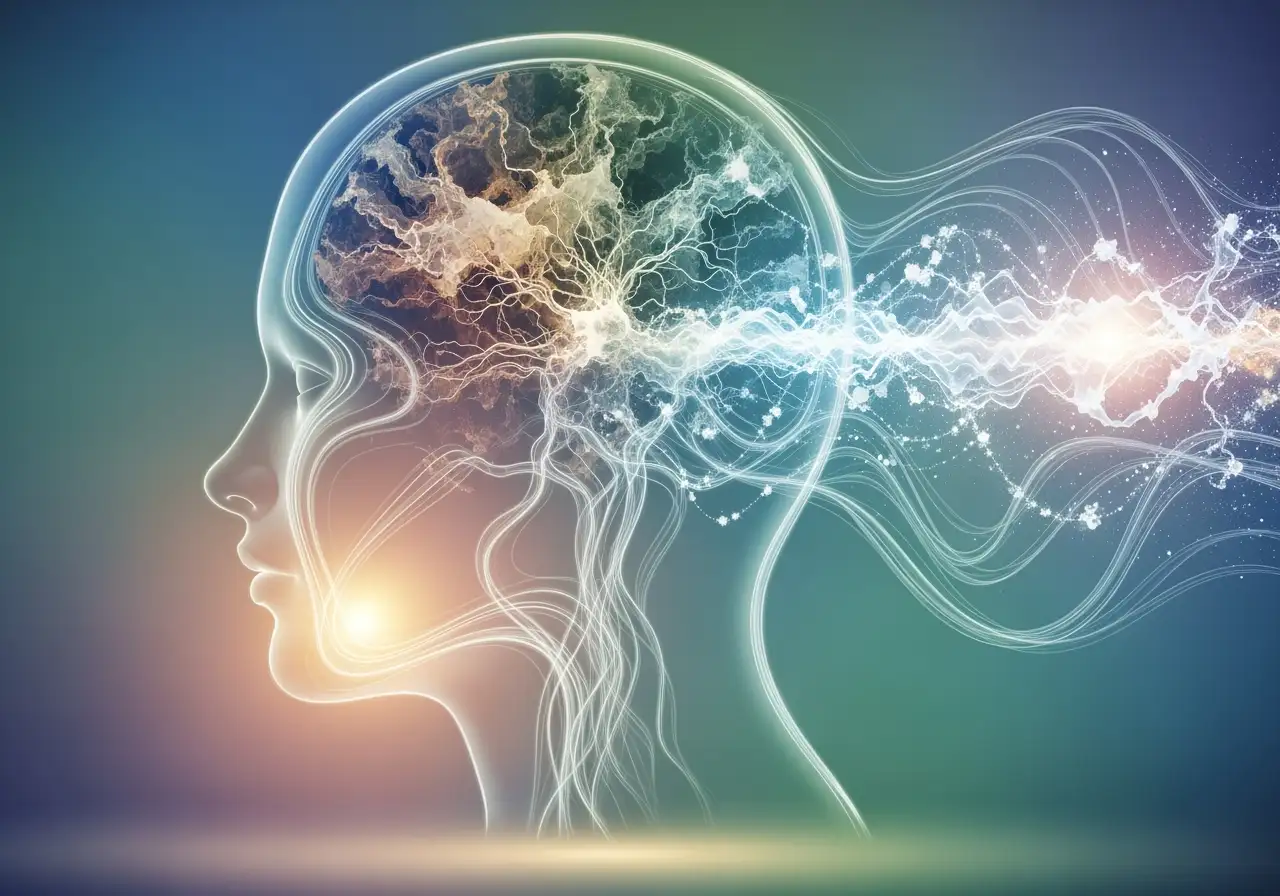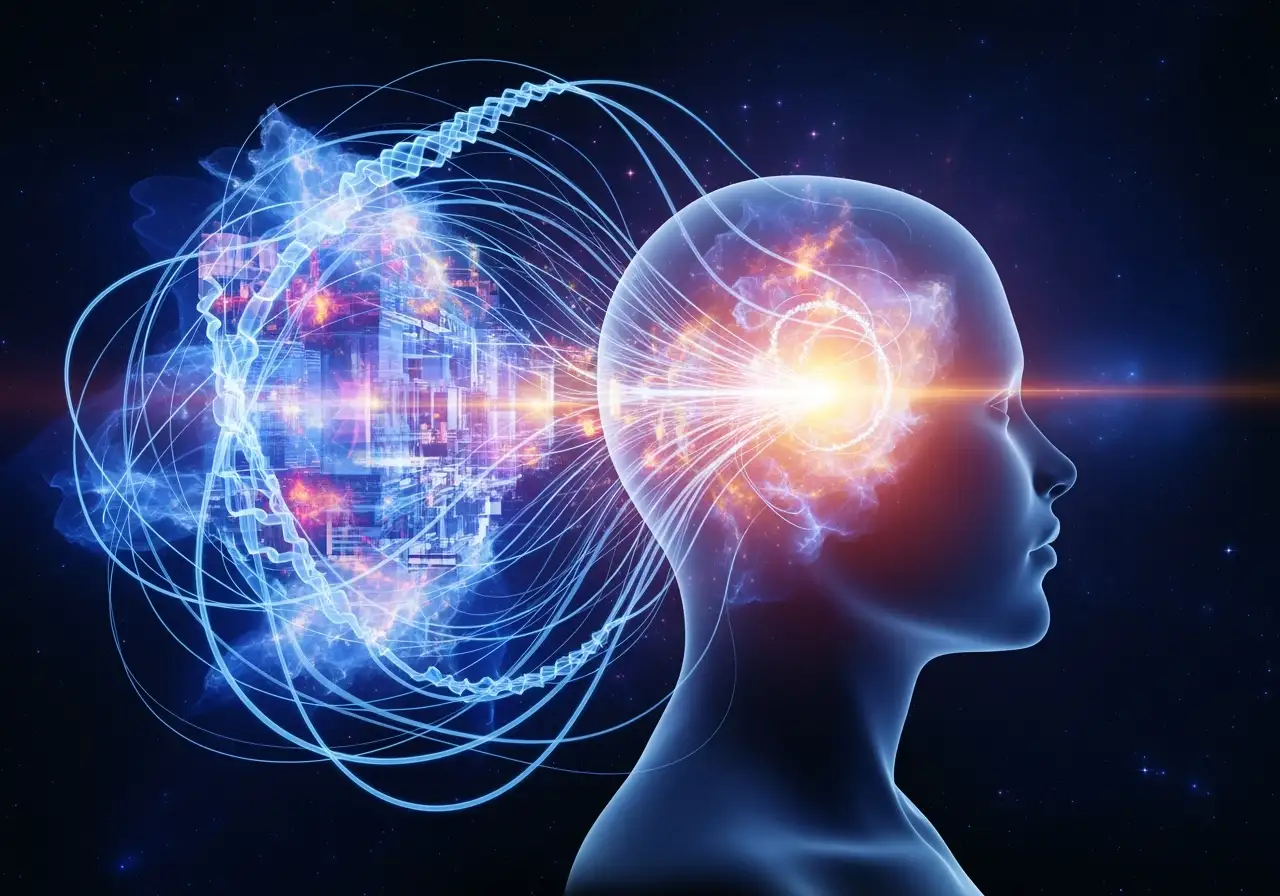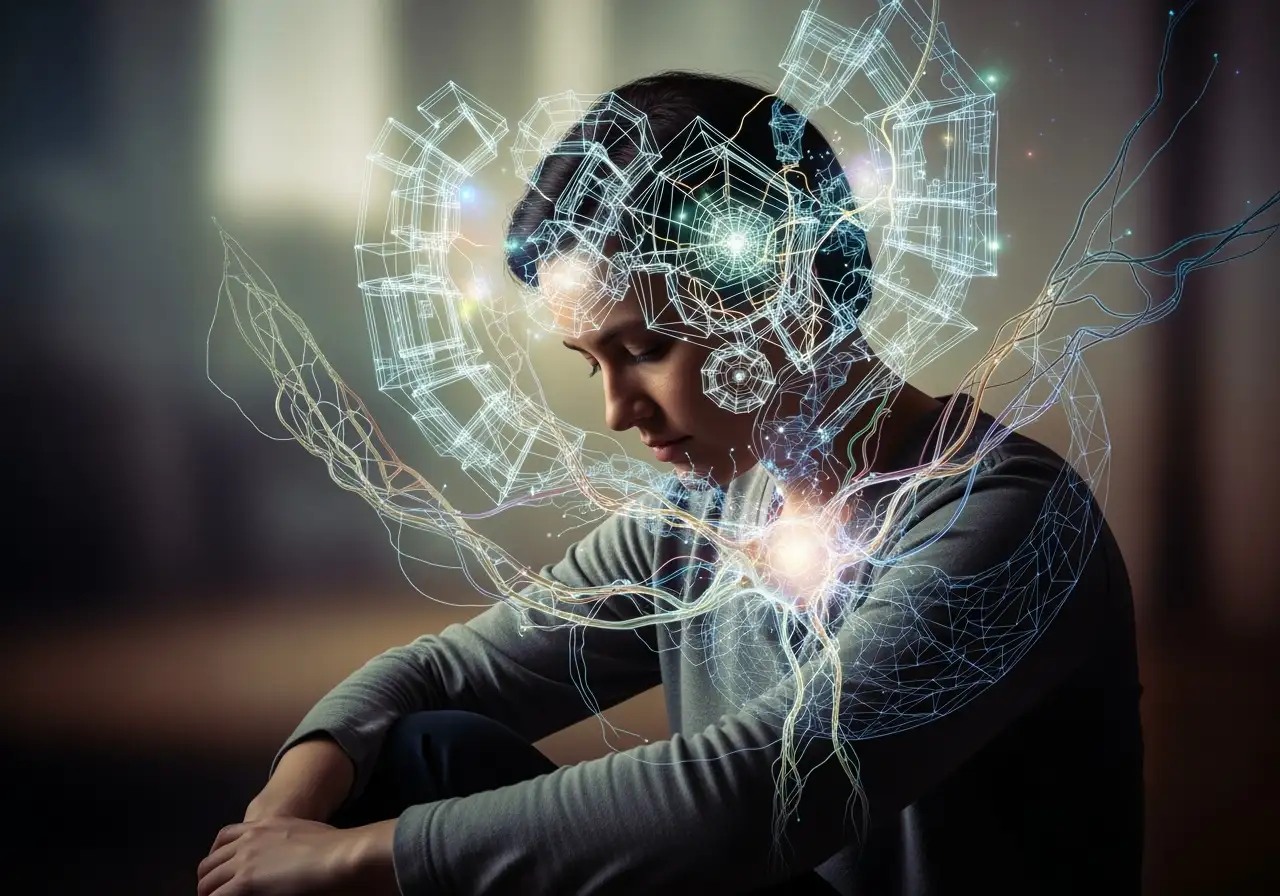Quantum Mindfulness: Mastering Your Reality Through Inner Dynamics
Quantum Mindfulness: Mastering Your Reality Through Inner Dynamics
Are you seeking a deeper understanding of your mind, one that empowers you to navigate life’s complexities with greater control and wisdom? The Quantum Mindfulness framework offers a revolutionary new perspective, moving beyond traditional psychological models to reveal the dynamic, active nature of human consciousness. This high-level overview will introduce you to the core components of this groundbreaking approach, offering a glimpse into what you’ll learn without revealing the actionable steps themselves.
At its heart, the framework posits that your mind functions much like a consciousness wave function – a vibrant field of infinite possibilities. Unlike the linear, cause-and-effect models of the past, Quantum Mindfulness suggests that at any given moment, a vast array of thoughts, feelings, and perceptions exist in cognitive superposition, meaning they all coexist simultaneously as potential experiences. Imagine your mind as a dynamic, ever-changing cloud of potential, rather than a fixed set of pre-programmed reactions. This probabilistic mental state is the fertile ground from which all experienced reality emerges.
The journey from this field of potential to your actual lived experience is what we call psychodynamic wave collapse. This isn’t a random event; it’s a process profoundly influenced by your Quantum Observer – your focused, intentional awareness. You’ll discover how your conscious attention acts as a powerful “collapse vector,” determining which possibilities within your consciousness wave function solidify into your actualized experience. This framework illuminates how your perception is not passive, but an active, co-creative force, embodying the observer-participant theory, shaping the very experiences you encounter.
Beyond these fundamental concepts, the framework introduces the psychodynamic dimensions – ten elemental energetic substrates that serve as the building blocks of all psychological experience. These dimensions are not mere metaphors; they are the irreducible core units from which cognitions, emotions, and motivations emerge, forming the substance of conscious awareness and the structural foundation of personality organization.
The first three dimensions constitute the Prime Modality, the cognitive-executive triad governing perception, intention, and interpretation. This includes the Psycho-Volitional Dimension (Pd1), the pure source of will and potential, initiating all cognitive activity; the Psycho-Conceptive Dimension (Pd2), which facilitates spontaneous insight and the initial formation of raw concepts; and the Psycho-Meditative Dimension (Pd3), the seat of analytical reasoning and structured understanding, crucial for intentional collapse.
The remaining seven dimensions form the Secondary Modality, which articulates the complex processes through which foundational cognitive functions manifest and interact within lived experience, shaping the affective, social, and relational texture of experience. Here we find the Psycho-Empathic Dimension (Pd4), the source of compassion and connection; the Psycho-Protective Dimension (Pd5), which governs boundaries and self-integrity; the Psycho-Aesthetic Dimension (Pd6), the central integrating force that harmonizes psychological forces; the Psycho-Motivational Dimension (Pd7), driving purpose and sustained action; the Psycho-Receptive Dimension (






